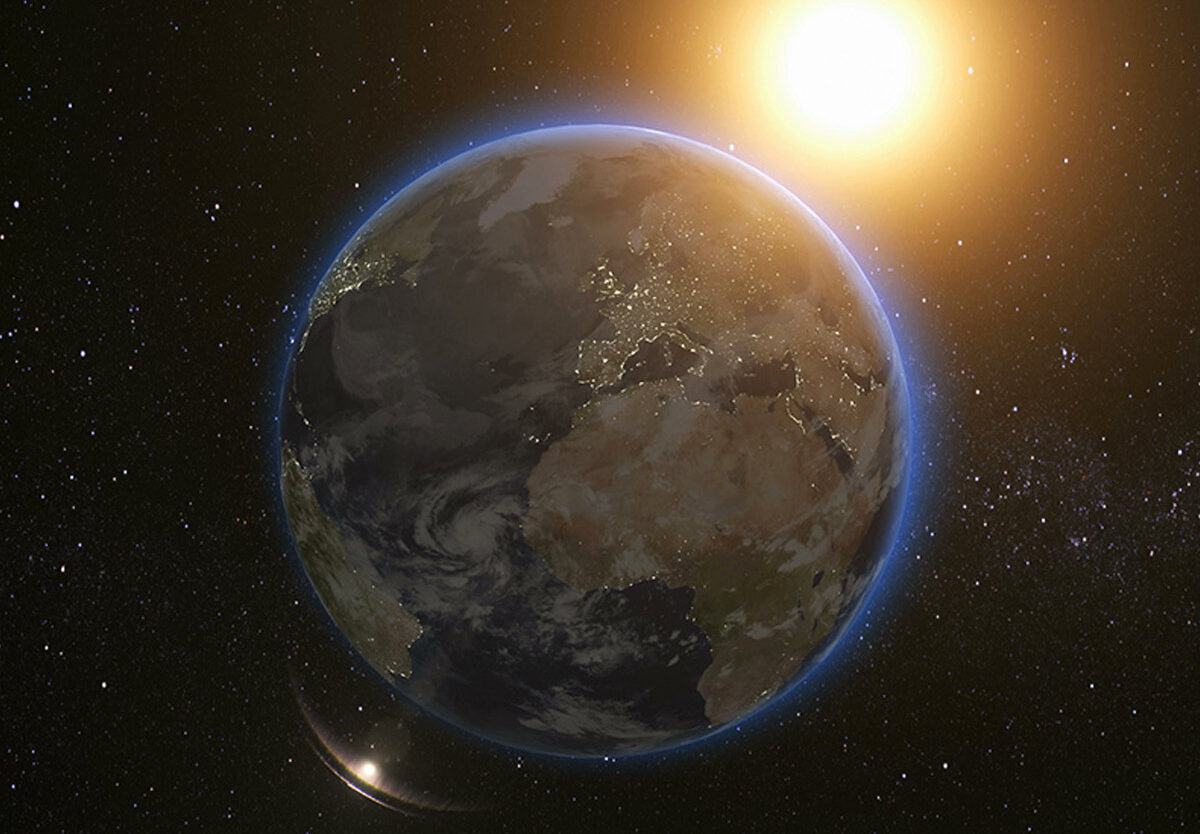Most of us probably know the Earth rotates on an almost-vertical axis every 24 hours, which gives us one Earth day. But this basic knowledge wasn’t always so undisputable. In 1851, French physicist Leon Foucault demonstrated how our planet rotates using his now-famous pendulum.
Today, Foucault’s Pendulums are a fixture in science museums around the world. The simple but brilliant contraption uses a suspended lead ball to indicate the rotation of the Earth over the course of a day. The pendulum is surrounded by small pins arranged in a circle, which the pendulum knocks down one by one, eventually completing a full rotation.


